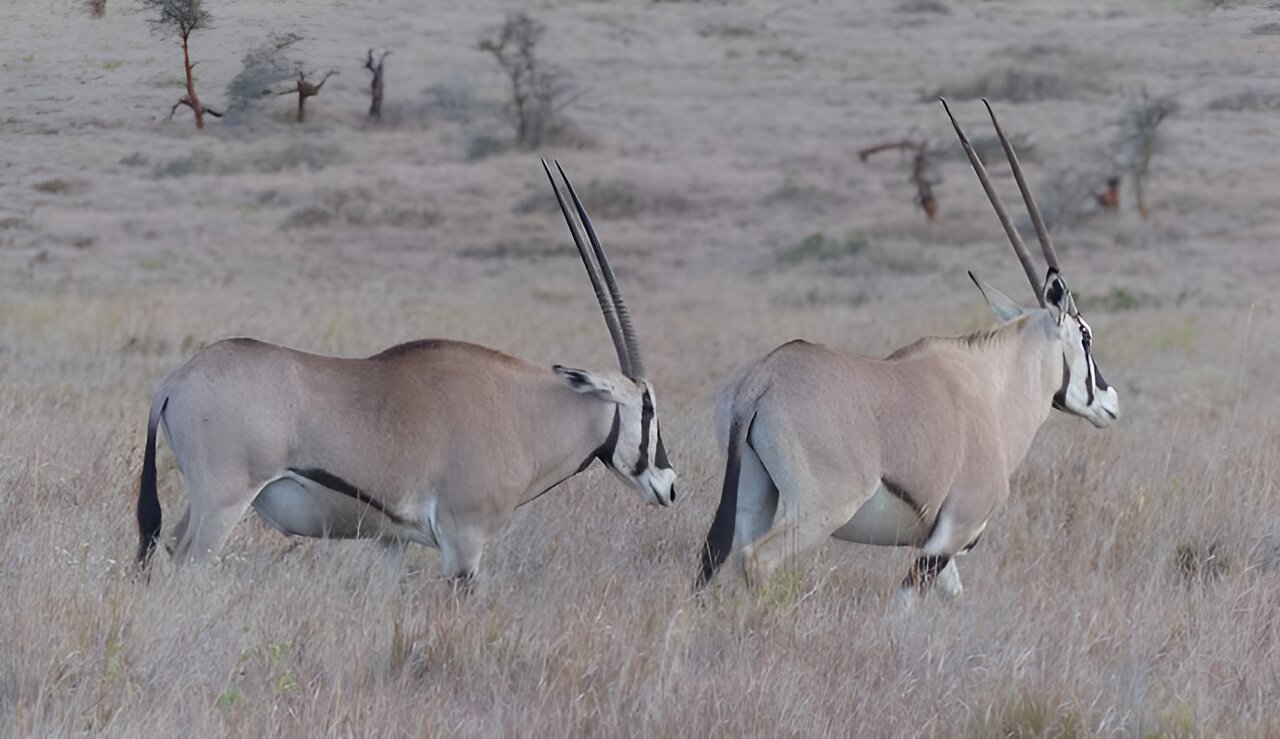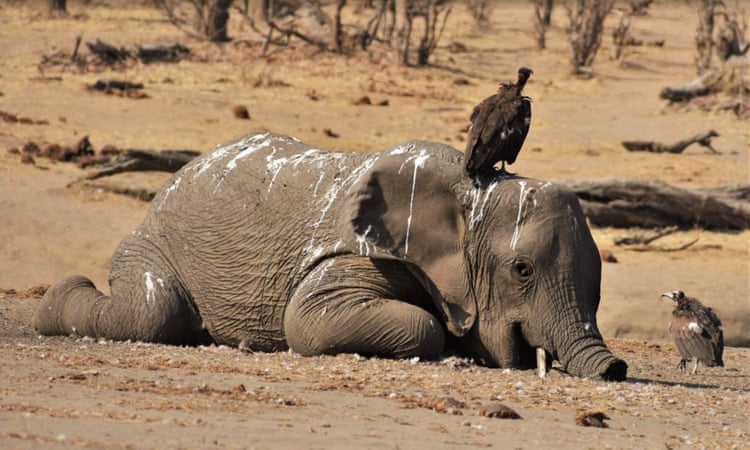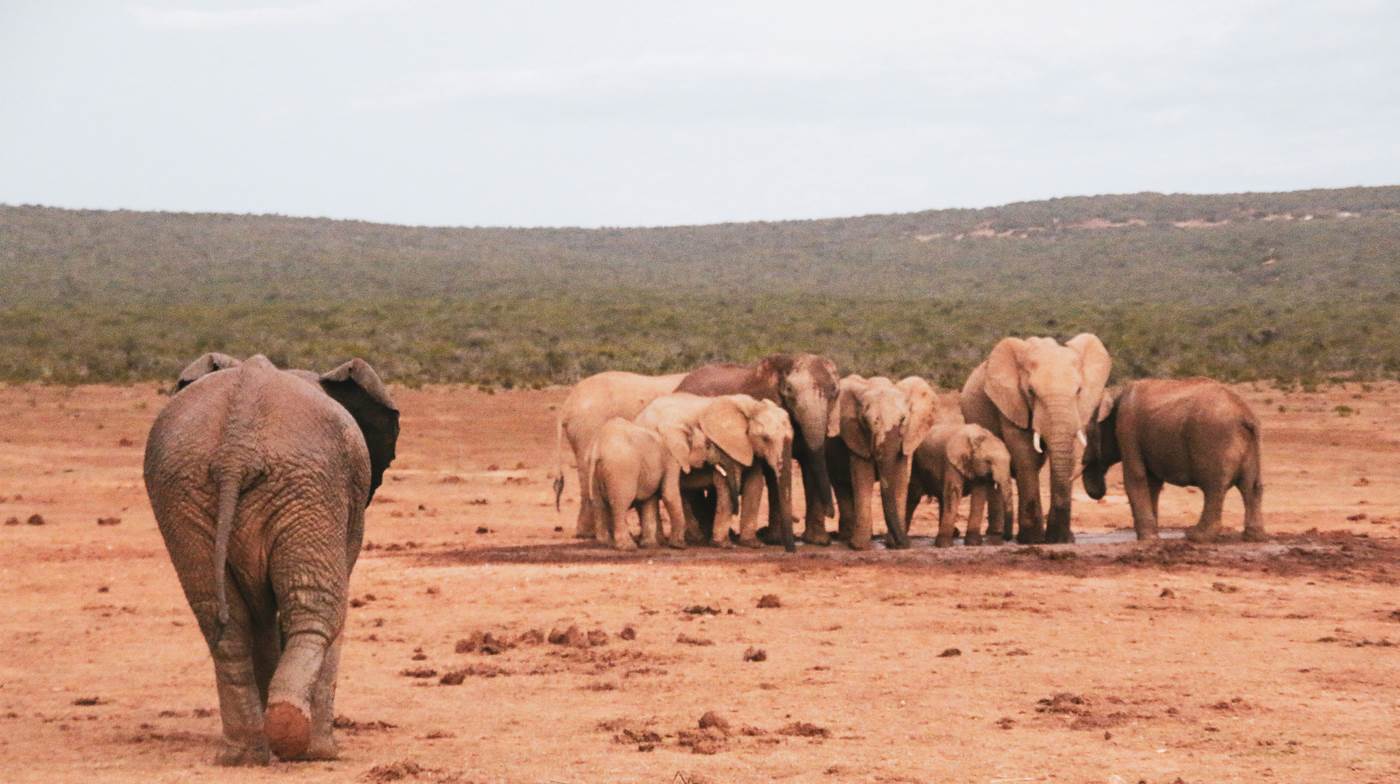What’s new:
Humans know a thing or two about drinking alcohol, but accounts of animals turning to booze have often been discounted as accidental, unnatural or rare. Researchers now argue in a new study that animals drinking alcohol, or more specifically ethanol, might be more commonplace in the natural world than previously thought.
“We’re moving away from this anthropocentric view that ethanol is just something that humans use,” study co-author Kimberley Hockings from the University of Exeter, U.K., said in a statement.
What the study says:
- Considering various anecdotes of animals getting “drunk” on alcohol, scientists reviewed existing scientific literature to find out how widespread ethanol is in the natural world and the kinds of animals that consume it.
- In nature, plants don’t produce ethanol directly. Instead, it’s made primarily by the yeast Saccharomyces cerevisiaeas it ferments sugars. Evidence suggests that yeast began making ethanol 100 million years ago, when flowering plants first started producing sugar-rich fruits. Today, ethanol-laden fruits can be detected in nearly every terrestrial ecosystem, the researchers say. Concentrations of ethanol in naturally fermented fruits can be as low as 1-2% alcohol by volume (ABV), and as high as 10.2% ABV in some overripe palm fruits.
- There’s also growing evidence that many types of animals consume alcohol in nature, from tiny flies, wasps and bees to monkeys, chimpanzees and elephants, the researchers found. Moreover, their review showed that animals had the genes to metabolize ethanol long before yeasts even began producing it. Mammals and birds that consume fruit and nectar now seem to have genes better adapted for processing ethanol than those that consume leaf- or meat-based diets.
- The researchers couldn’t tease out if animals consume ethanol to get drunk. However, they speculate, based on existing research, that ethanol could be beneficial in a number of ways, including as a source of calories and for its medicinal properties. For instance, fruit fly larvae consume more ethanol when they’re parasitized by wasps, suggesting they may be self-medicating. Fruit flies have also been reported to intentionally lay their eggs in substances containing ethanol to protect them from parasites.
What this means:
The new review finds that “ethanol is neither rare nor simply avoided” in nature.
“This leads us to reconsider ethanol’s ecological role and evolutionary impact in nature,” the authors write.
The researchers add that to untangle the role that ethanol plays in the natural world, future research should investigate how its consumption affects the cognition, behavior and physiology of animals.
This article by Shreya Dasgupta was first published by Mongabay.com on 8 November 2024. Lead image of a spider monkey (Ateles geoffroyi) feeding on the fruits of Spondias mombin courtesy of Nicholas Chapoy.
What you can do
Help to save wildlife by donating as little as $1 – It only takes a minute.







Leave a Reply